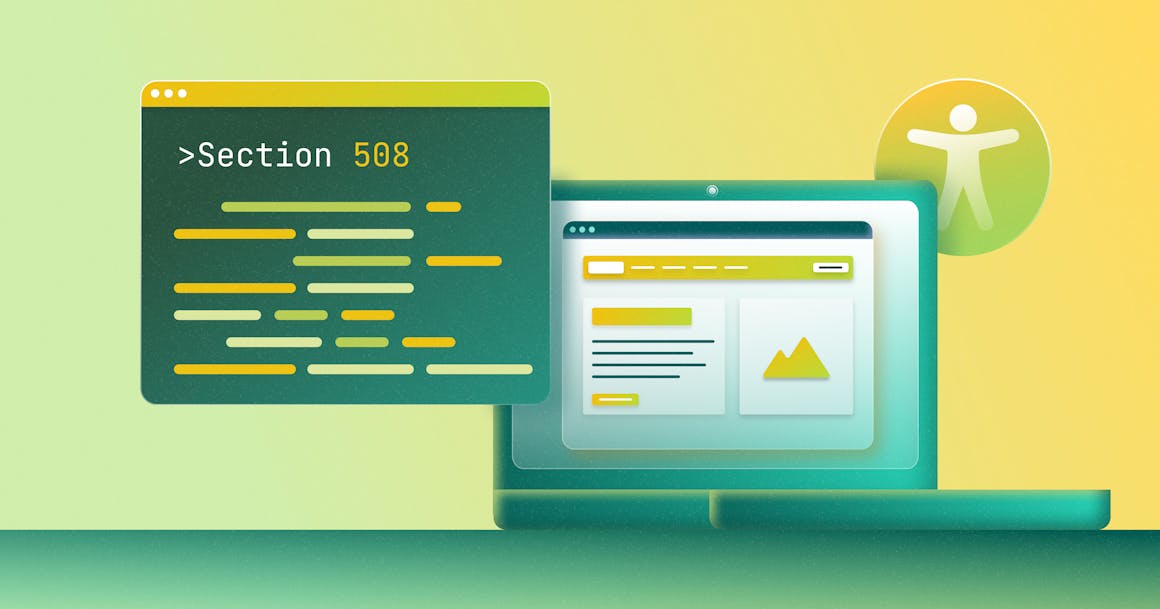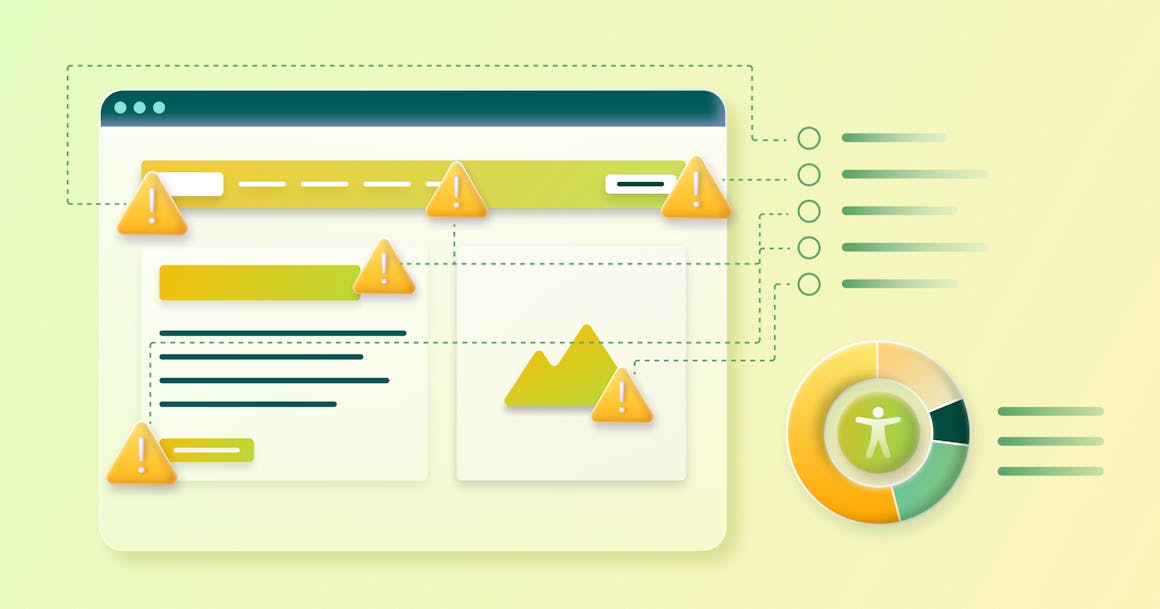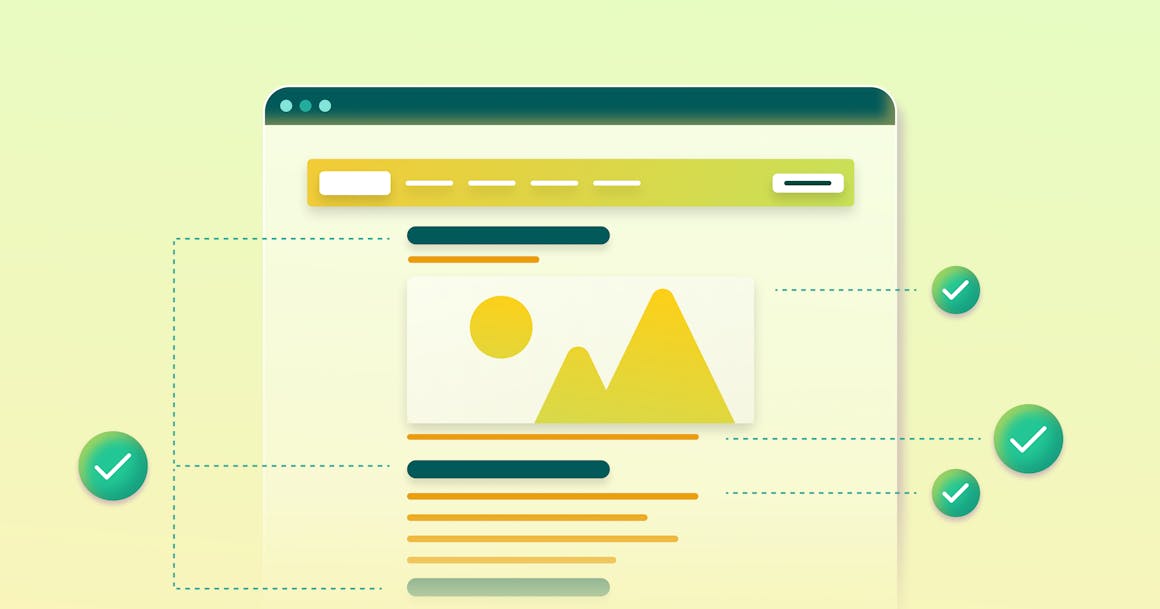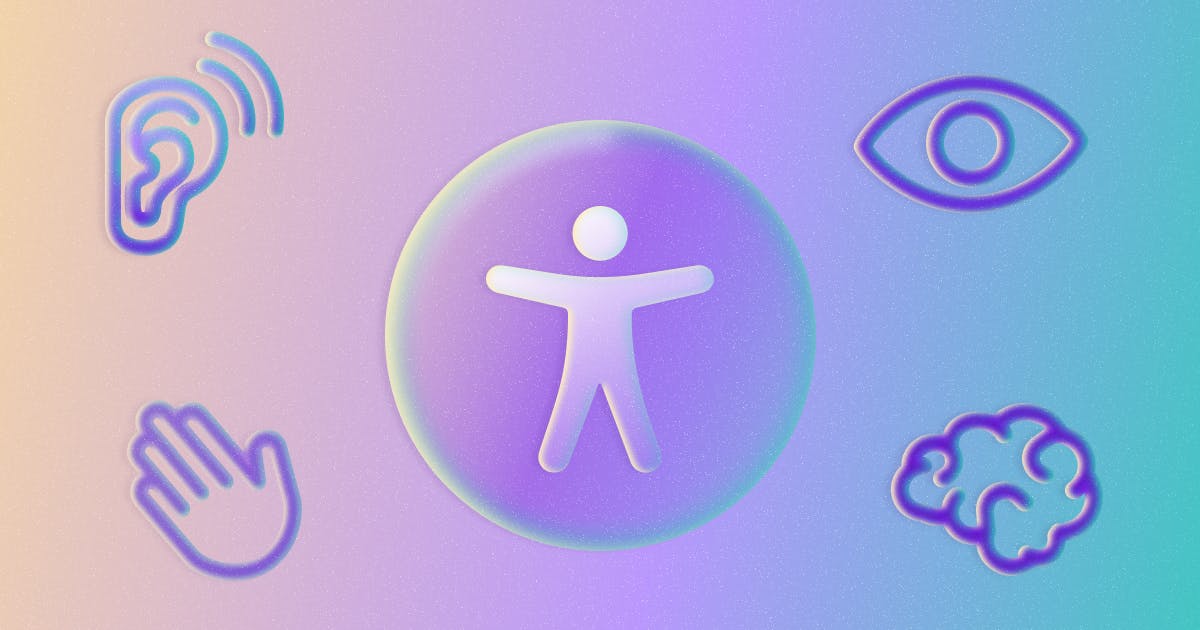Section 508 Compliance Testing: Options & Strategies
Section 508 Compliance Testing: Options & Strategies


Ready to see AudioEye in action?
Watch Demo
If you’re part of the federal government or a federally-funded business, you’re required to comply with Section 508 of the Rehabilitation Act. Below, we’ll discuss how to test your digital content for Section 508 compliance.
Originally Posted September 26, 2022
If your agency receives federal funding — or if you’re looking to work with federal agencies — you need to have a Section 508 compliance strategy in place. Under Section 508 of the Rehabilitation Act, organizations that receive federal funding must provide accessible information and communication technology (ICT) to individuals with disabilities. This includes content on websites, software, electronic documents (e.g. Word documents or PDFs), and mobile apps. The requirement also extends to contractors or vendors working with federal agencies.
Because Section 508 includes such a broad range of entities, it’s critical to understand the requirements included in the act as well as create and implement compliance measures. Below, we’ll outline key factors to consider when building a strategy for Section 508 compliance — and discuss the role technology plays in helping you find and fix accessibility issues.

What is Section 508?
Before we jump into what Section 508 is, a quick history lesson.
The Rehabilitation Act of 1973 was the first federal law to prohibit discrimination against people with disabilities. It was a landmark legislation, and thanks to regular updates, it remains one of the most important U.S. accessibility laws.
In 1998, the U.S. Congress amended the law to include Section 508, which requires federal agencies to make electronic and information technology (EIT) accessible to people with disabilities. The act ensures that individuals with disabilities can access and use any information or technology developed or used by the federal government. Section 504 of the Rehabilitation Act extends those requirements to recipients of federal assistance, including most state and municipal agencies (and all federal contractors).
Put simply, your electronic communication must be accessible if your organization does business with the U.S. government or receives federal funding or assistance. That applies to various types of content, including but not limited to:
- Public-facing websites, web pages, and mobile apps.
- Internal and external emails.
- PDFs and other digital documents.
- Digital training resources.
- Job application pages.
To keep your digital content and communications accessible, you need to evaluate all of your digital content and fix issues that could affect people with disabilities, including those using screen readers and other assistive technologies.
For digital content to be considered accessible, Section 508 mandates that organizations must meet all the criteria included in the Web Content Accessibility Guidelines (WCAG) 2.1 Level AA. WCAG addresses many common issues that affect people with disabilities, including missing alt text (also called alternative text), keyboard accessibility issues, missing video captions, low-contrast text, and lack of assistive technology compatibility.
Why is Section 508 Compliance for Websites Important?
Section 508 was designed to ensure individuals with disabilities have equal access to government information. This promotes equal access to information for everyone — regardless of their abilities.
Beyond being the right thing to do, Section 508 compliance is a legal requirement for federal agencies or organizations receiving federal funding. Failing to comply can result in legal consequences, which we’ll cover in more detail below.
Additional benefits of Section 508 compliance include:
- Enhanced usability: Many accessibility features, like text-to-speech or keyboard navigation, improve the overall usability of a website. Adding these features gives users, including those who are not disabled, more ways to interact with content.
- Broader audience reach: When a site is designed to be more accessible, it can cater to more users. For example, those who rely on assistive technologies to interact with digital content can do so on your site if it’s designed to be accessible.
- Increases brand reputation: More of today’s consumers value accessibility and inclusivity. Demonstrating a commitment to both can increase your organization’s brand reputation and increase trust with the public.
Consequences of Non-Compliance with Section 508
Failing to comply with Section 508 can result in legal consequences such as lawsuits, demand letters, or settlements. Defending against non-compliance claims can get expensive, both in terms of legal costs and loss of productivity. Organizations that receive federal funding may jeopardize their eligibility for current or future federal funding, further impacting their financial stability.
In addition to legal consequences, non-compliance can harm your business’s reputation. If the public sees your company as one that is not inclusive or respectful of individuals with disabilities, it can seriously damage your relationship not just with the public but with clients and partners as well.

How Section 508 Compliance Testing Works
To avoid the consequences that come with non-compliance, it’s critical to test all your digital content against accessibility standards. Fortunately, you have a few options for Section 508 compliance testing.
Automated Testing
Most organizations choose to start the testing process with automated tools like Section 508 compliance software. These accessibility testing tools will test your digital content against WCAG success and identify potential issues that might prevent people with disabilities from understanding or operating your website. Some compliance software can even apply fixes for specific accessibility issues in real time, streamlining the path to compliance.
AudioEye’s Automated Fixes, for instance, can find and fix common accessibility issues in real time. For example, many websites use HTML heading elements in their correct order, which can confuse screen reader users. Our solution can not only identify this error but fix it, providing a better experience for users.
If your website or mobile app has a large amount of content (or if it’s regularly updated with new content), automated testing can greatly reduce the time spent on manual audits or fixes.
Manual Testing
As the name suggests, manual testing is usually performed by trusted testers who carefully review your digital content for WCAG conformance. One of the biggest benefits of manual testing is that the approach can identify accessibility issues that software alone can’t detect.
For example, AudioEye’s Expert Audits are carried out by a team of human experts and individuals with disabilities. They perform an in-depth audit of your digital content to find more complex accessibility issues that software cannot detect. This includes things like the quality of alt text or how easy it is to navigate content using a screen reader.
Hybrid Testing
With automated testing not able to identify every accessibility issue and manual testing being a time-consuming process, we recommend taking a hybrid approach to Section 508 compliance testing.
Hybrid accessibility testing combines both automated and manual testing methods, giving you a more comprehensive approach to Section 508 compliance. Automated testing can help you identify common accessibility issues — like missing alt text or structural inconsistencies — and give you a broad overview of your current accessibility. As we mentioned above, automated testing can only identify specific accessibility issues. More complex issues, like seamless keyboard navigation or the quality of subtitles, are addressed by manual testing.
Put simply, a hybrid testing approach to Section 508 compliance testing gives you a more thorough assessment of how accessible and compliant your digital content is. Additionally, it helps you address a wider range of accessibility issues, helping you create a more inclusive digital environment.

Create a Path to Section 508 Compliance with AudioEye
At AudioEye, we take a hybrid approach to Section 508 compliance testing, helping you create a better compliance strategy. We start with our free automated accessibility scanner, which scans your digital content for common accessibility issues. Our team of human experts supplement this testing, diving deeper into your content to identify more complex barriers. Their recommendations for removing barriers, coupled with our Automated Fixes, help you resolve digital accessibility issues in an effective, scalable, and affordable way.
Ready to build a path to Section 508 compliance? Get started by entering the URL of your website in the accessibility checker below.
Want to see what more AudioEye can do for you? Schedule a demo today.
Ready to see AudioEye in action?
Watch Demo
Ready to test your website for accessibility?
Share post
Topics:
Keep Reading

What’s New in WCAG 2.2: Changes and Updates from WCAG 2.1
Meeting WCAG 2.1 requirements doesn’t mean you conform to WCAG 2.2. Find out what’s changed and how to adapt your site or app.
compliance
April 07, 2025

ADA Demand Letter: What It Means & What to Do If You Get One
ADA demand letters are becoming more common. Understand what they are, how to respond, and how to reduce your legal risk moving forward.
compliance
March 28, 2025

Why an Accessibility Widget for Your Website Isn’t Enough — and What to Do Instead
Widgets seem like an easy way to ensure compliance with accessibility regulations, but your site/app needs more than they offer. Here’s how to approach it.
accessibility
compliance
March 25, 2025
